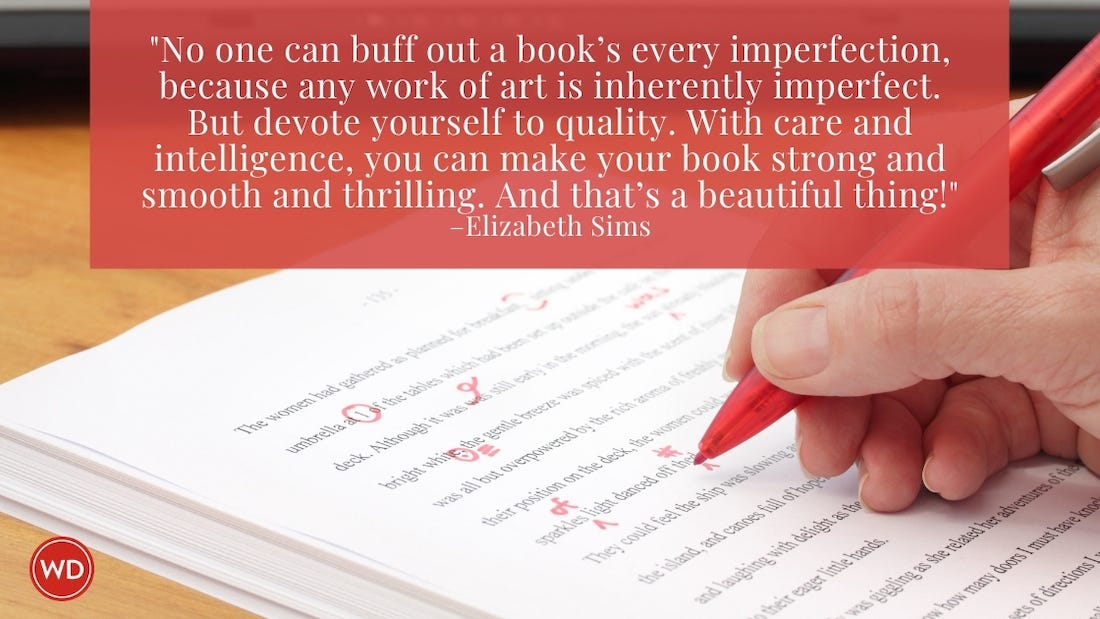Accomplish Your Writing Goals: Make a Schedule and Meet Your Deadlines
The most disheartening place to be and feel as a writer is stuck. And the most possible place to be is in motion—moving toward our goals. At every turn, we…
The most disheartening place to be and feel as a writer is stuck. And the most possible place to be is in motion—moving toward our goals. At every turn, we have a choice in how we negotiate the demands of our lives with our own expectations for our writing practice. And no one is better equipped to help you navigate such challenges than you.
Managing Deadlines
As you’re establishing good deadline habits, you might want to exaggerate your deadline and time-management awareness to ensure that you don’t miss anything important—especially if you have multiple projects going with a range of unrelated deadlines. Why? Because honoring your deadlines is respectful to yourself and the people you’re working with. Meeting deadlines will give you and your colleagues, clients, editors, and publishers confidence in your ability to follow through. That’s the kind of writer who gets hired a second time.
Make a Writing Schedule
You may or may not be a “perform to a schedule” type of writer. Largely, this will depend on who you are, how you write, and what you’re writing. For example, if you are writing poetry, there’s a good chance that you’re scratching your head about this suggestion – unless, of course you owe manuscript revisions by a certain date. But if you’ve promised a business that they’ll have an entire website worth of content in three weeks, you (and the client) will be well served knowing exactly how you’re going to get there.
No matter what type of writing you’re doing, whether there is an external deadline or not, a schedule can help. I have come to appreciate schedules as little maps of the possible to guide us in the deep and sometimes overwhelming waters of time. When I have a big project (let’s say a book) and a somewhat long-term timeline (let’s say six months) and some other significant work and family commitments (including a full-time freelance writing career, part-time teaching, a husband, toddler, three cats, and two dogs) the fact of the matter is that I need to see––clear as a successful simile––where and how the writing time for the book is going to fit into my life. So I make a treasure map for arriving at the doorstep of this finished book on the date promised. When taken out of its romantic mood lighting, this map is simply a schedule.
What I mean by a schedule, for something like a book, is that I set both targets and timing. Let’s say the book has twenty chapters, and I plan to write one chapter per week over the course of twenty weeks, then spend the last four weeks revising. I’d block off in my computer calendar the hours I expect to spend writing that chapter each week. For me, the greatest value of this process is having hard proof that there are actually enough hours in my life to accomplish what I have set out to do.
When I see those orange blocks of “write book” time floating through the days and nights of my computer calendar, a sense of calm comes over me. I can see my path of progress; I can trust it will get done. And even if I don’t choose to stick to the schedule in a given week, or ever, I still have that visual map of how my current life could shift to accommodate something new – and a general sense of what will be required of me to make that happen. And that lends confidence and comfort as I enter the unknown.
Today's tip of the day was excerpted from chapter seven of The Productive Writer by Sage Cohen. Buy the book and learn how to:
- Build an author platform
- Overcome writer's block and gain writing motivation
- Balance your life with writing
- Boost your productivity and grow your audience









